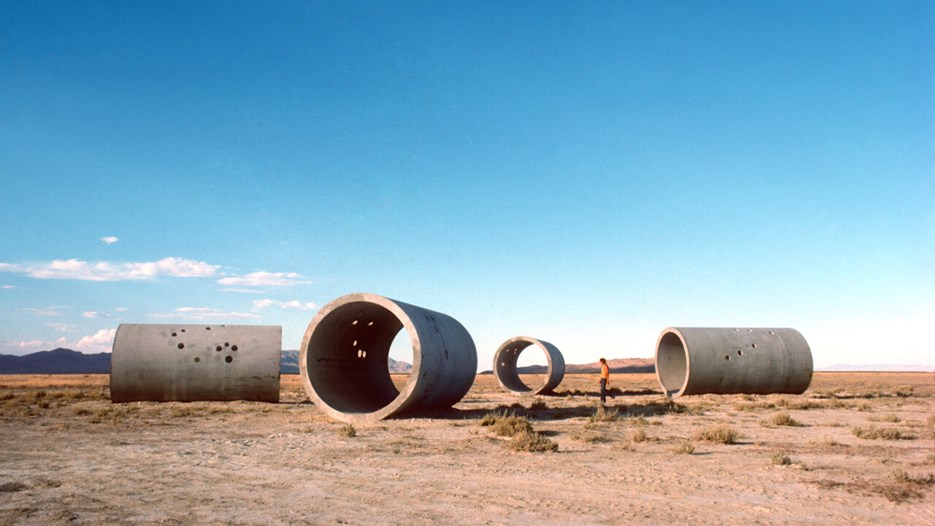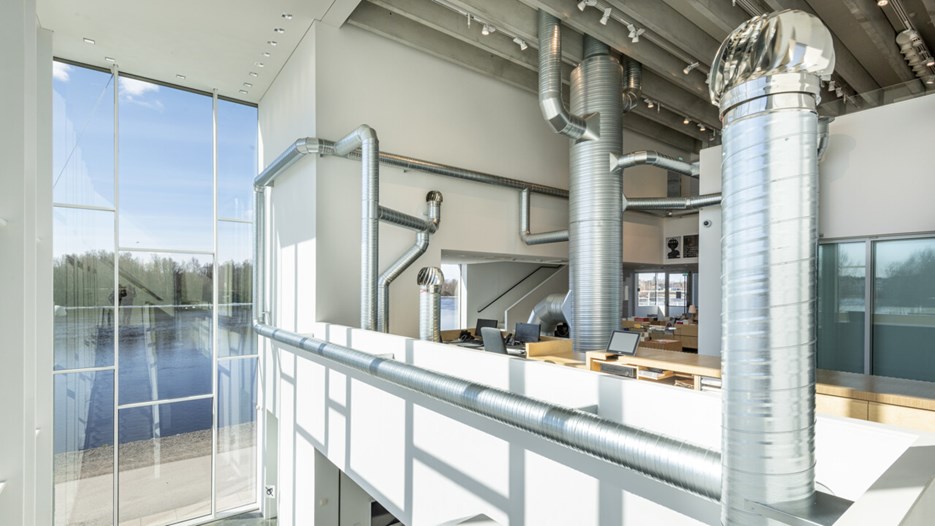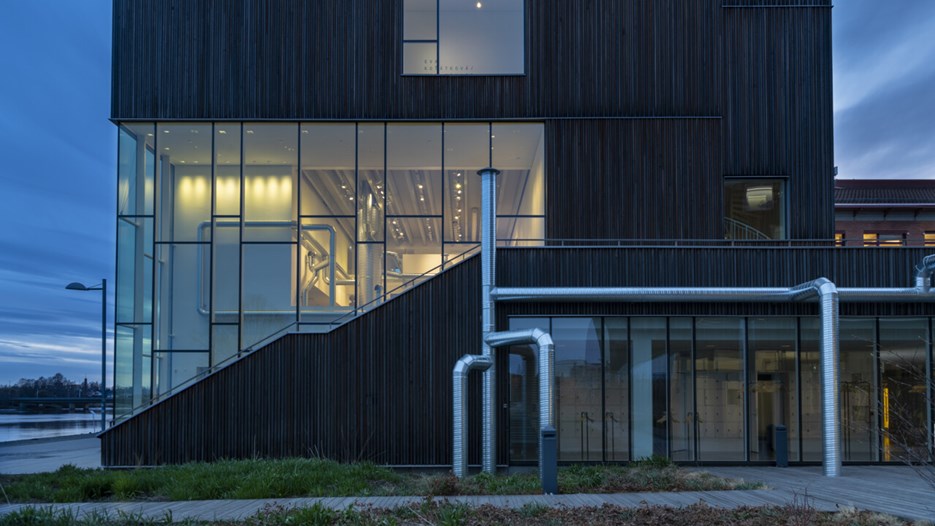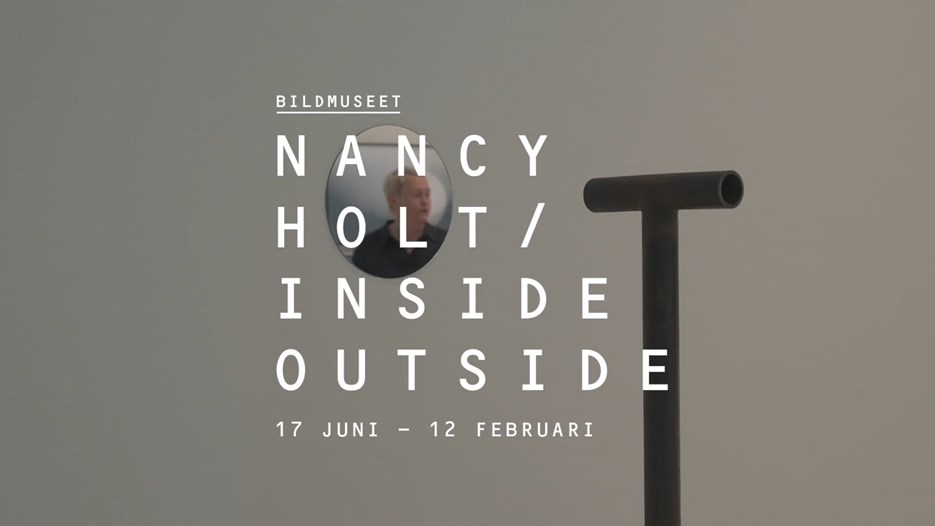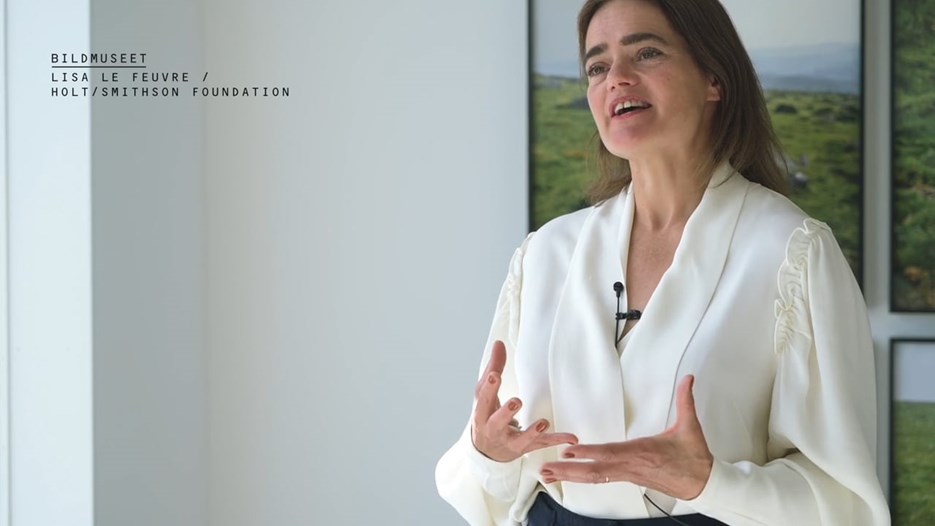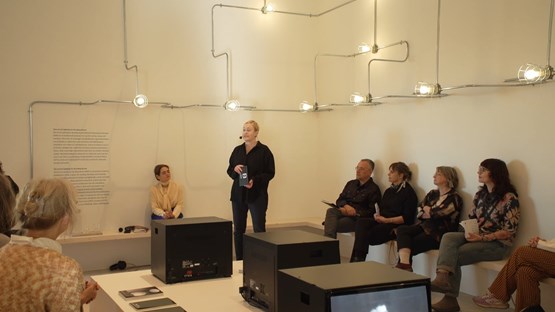A fully illustrated publication accompanies the exhibition, with contributions from Karen Di Franco, Teresa Grandas, Lisa Le Feuvre, James Nisbet, and Katarina Pierre. It includes a previously unpublished self-interview by Nancy Holt.
With support from Fort Knox, Barbro Osher Pro Suecia Foundation and Henry Moore Foundation.

